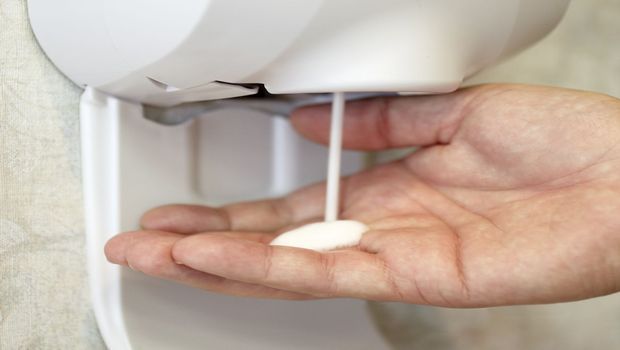Researchers Examine Relationship Between Hospital Ward Design and HAI Rates

The influence of the hospital’s infrastructure on healthcare-associated colonization and infection rates has thus far infrequently been examined. In this review Stiller, et al. (2016) examine whether healthcare facility design is a contributing factor to multifaceted infection control strategies.
The researchers searched PubMed/MEDLINE, EMBASE and Cochrane Central Register of Controlled Trials (CENTRAL) from 1990 to Dec. 31, 2015, with language restriction to English, Spanish, German and French.
They identified three studies investigating accessibility of the location of the antiseptic handrub dispenser. Each of them showed a significant improvement of hand hygiene compliance or agent consumption with the implementation of accessible dispensers near the patient bed. Nine eligible studies evaluated the impact of single-patient rooms on the acquisition of healthcare-associated colonization and infections in comparison to multi-bedrooms or an open ward design. Six of these studies showed a significant benefit of single-patient bedrooms in reducing the healthcare-associated colonization and infection rate, whereas three studies found that single-patient rooms are neither a protective nor risk factor. In meta-analyses, the overall risk ratio for acquisition of healthcare-associated colonization and infection was 0.55 (95% CI: 0.41 to 0.74), for healthcare-associated colonization 0.52 (95% CI: 0.32 to 0.85) and for bacteremia 0.64 (95% CI: 0.53 to 0.76), all in favor of patient care in single-patient rooms.
The researchers say that implementation of single-patient rooms and easily accessible handrub dispensers located near the patient’s bed are beneficial for infection control and are useful parts of a multifaceted strategy for reducing healthcare-associated colonization and infection.
Reference: Stiller A, et al. Relationship between hospital ward design and healthcare-associated infection rates: a systematic review and meta-analysis. Antimicrobial Resistance & Infection Control; 20165:51
Newsletter
Stay prepared and protected with Infection Control Today's newsletter, delivering essential updates, best practices, and expert insights for infection preventionists.